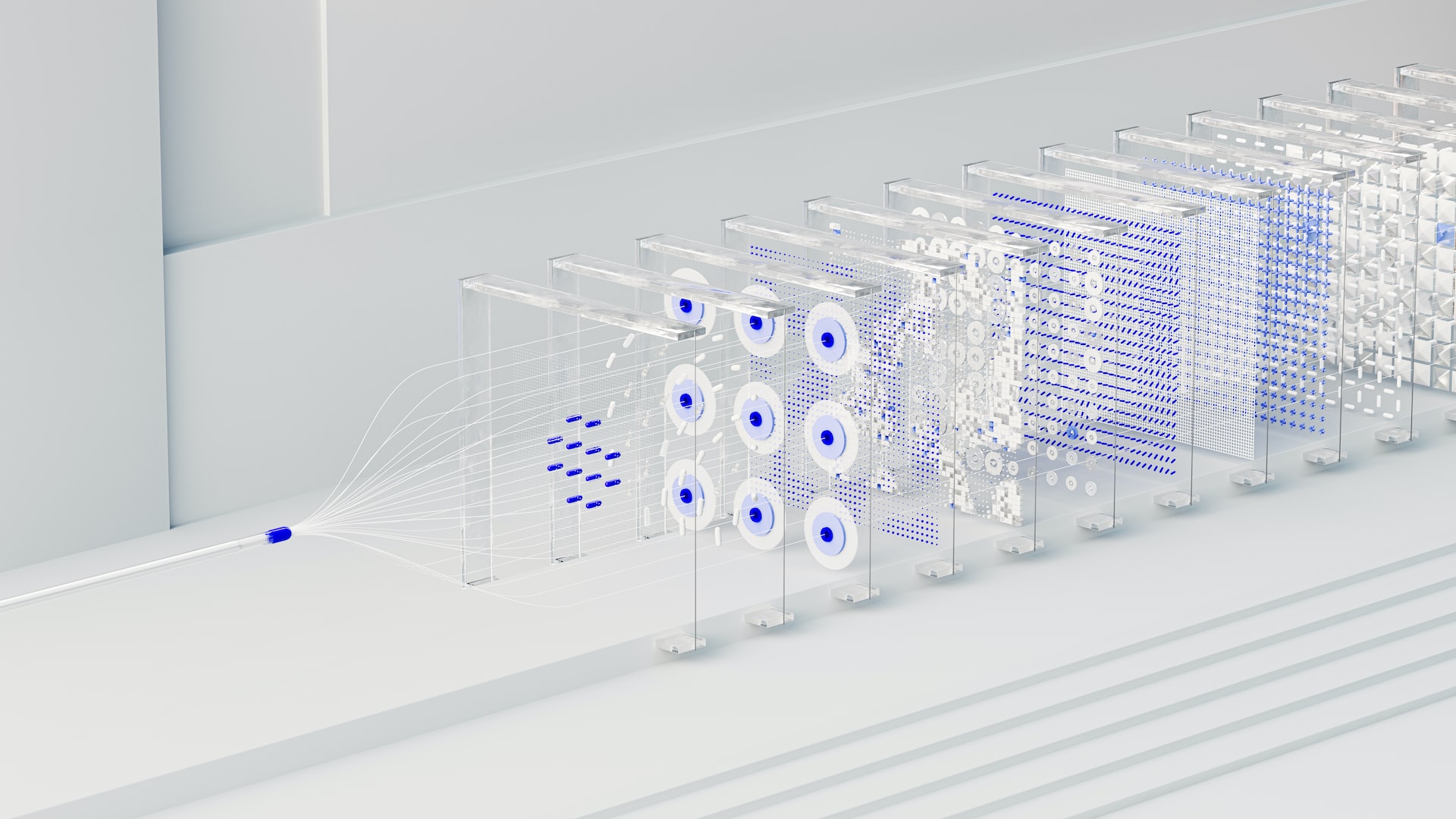SAP has announced the launch of Datasphere, the next generation of its data management portfolio, and an evolutionary step forward from SAP Data Warehouse Cloud, helping customers utilize the power of data in the modern world.
Tackling some of the big-hitting challenges dogging its customers today, the new model provides business-ready data across the entire business landscape. These challenges include accessing data across disparate systems and locations, extracting and exporting and finally recapturing it into a central location. The fallout from this convoluted process in terms of cost and efficiency is the hidden data tax.
Julia White, chief marketing and solutions officer at SAP, introduced Datasphere at a pre-release press conference and shared one of the main bugbears to taking a data-centric approach: “80 percent of the time spent on a data project is spent recreating context that has been lost during an inefficient (data) round-up process.”
SAP Datasphere tackles this issue by having a built-in suite of data harmonization tools, including data integration, data cataloging, semantic modeling, data warehousing, data federation, and data virtualization to allow customers to distribute mission-critical data across their landscape, all the while maintaining business context and logic.
With the new business data fabric, customers using SAP Datasphere will be able to create a unified architecture with both SAP and non-SAP data, opening up capabilities for more seamless data usage and informed decision-making.
New data partnerships
Four strategic partnerships were also announced: Collibra plans a tailored integration with SAP, Confluent intends to connect its data streaming platform, Databricks can integrate its data lakehouse with SAP, and DataRobot will allow customers to leverage machine learning capabilities onto SAP Datasphere.
“Organizations today live in a world where multi-cloud, multi-vendor, and off- and on-premises data landscape is the norm. As a result, SAP is taking a new approach by partnering with a select group of leading partners, treating third-party data as a first-class citizen to better meet the needs of customers,” said Dan Vesset, IDC group vice president of data and analytics market research.
Adding oxygen to the fire
David Johnstone, chief information officer at Messer America, one of the world’s biggest natural gas and medical oxygen companies, spoke at the conference about the need for a coherent data strategy following the massive spike in demand for respiratory care as COVID-19 spread across the globe.
Increasing the quantities of something that was already a complex process to extract was no simple task. On top of this, the company had to manage stifled supply chains, respond to orders, and ensure on-time delivery, which meant collecting data from multiple sources.
“SAP Datasphere allowed Messer to react promptly to the pandemic (as) ultimately, we were able to bring that data from disparate sources to an environment where the context was retained, and that was the key imperative. And from a speed perspective, what that allowed us to do was provide real-time access,” said Johnstone.
Built on the SAP Business Technology Platform (BTP), which includes strong enterprise security capabilities, SAP Datasphere is available today. No additional steps or migrations are required for existing Data Warehouse Cloud customers with additional application integration capabilities planned.



